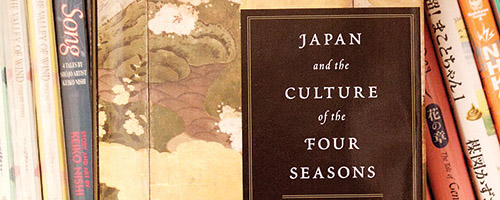As is the case with much of the working class labor groups in the 20th century, teachers formed unions to have their collective needs met. It’s a simple concept: If the district doesn’t give them what they want, they don’t do their jobs.
Whom do teachers unions really hurt?
As is the case with much of the working class labor groups in the 20th century, teachers formed unions to have their collective needs met. It’s a simple concept: If the district doesn’t give them what they want, they don’t do their jobs.
The idea of unions is fantastic when you consider their role in the Industrial Revolution, when employers locked their workers in hazardous factories for pennies an hour. But with programs like Public Employees Retirement System and two months off each year, as is enjoyed by Chicago teachers, the union is much less concerned with keeping children from burning in fires than making sure Mrs. Moffat can buy a new Camry.
Teachers deserve to be paid handsomely. The teachers who make $40,000 per year, purchase their own school supplies for students’ use, and work with children from low-income homes with little or no parental involvement really deserve to earn a livable wage.
The average Chicago teacher’s salary is $76,000, and the new contract gives them a 4 percent salary increase over the next four years.
Juxtapose that with the average Oregon teacher’s salary of around $51,000, or a teacher in Alabama who holds a master’s degree and only takes home $46,000. You could buy a brand-new BMW 1-Series with the salary difference between Chicago and Portland teachers, yet in three years the average Chicago teacher’s salary will be nearly $80,000. That money will have to come from somewhere, and
various school programs are very likely to suffer for it.
Teachers unions are also responsible for keeping incompetent teachers in their jobs with tenure, making it costly and nearly impossible to get rid of bad teachers. This provides for a poorer education at additional cost for the school district.
School districts tend to bully teachers, and have historically given teachers very little pay for a tremendous amount of work. Operating in a union, however, offers one-size-fits-all solutions when they should be resolved on a case-by-case basis.
Unions assume all workers are the same. They sell teachers like sausage. Sure, there are some really good pieces that go into it, but then there’s the gristle and other unsavory bits that nobody wants. But you just have to deal with it because it all comes in the same casing.
The education system’s goal should always be to put the children first. Employ only the best teachers, at fair salaries, and get rid of those who aren’t best suited for the job.
For $76,000 a year I would expect only teachers of high quality, ones that earn and deserve the compensation they’re picketing for. My problem with unions is that the highest paid of the lot are simply the ones with the most years under their belt. The poor performers piggyback on those who actually give a damn.
If the union cared about the students it supposedly served, it would set up a process for ensuring only quality teachers were placed in classrooms.
While unionizing is great for guys who weld metal together and drink Mountain Dew all day, when it comes to something that matters—your children—paying top dollar for a subpar job doesn’t make much sense.






